
Music happens to be the vessel through which I reach my students.
Over twenty years of teaching, I have learned a few things that work in a music setting.
1. Establish your expectations and live by them.
The first month of the new school year, I spend time going over expectations and establishing routines more than anything. If an expectation is that we keep rhythm sticks to ourselves, then there needs to be a natural consequence when we don’t. No idle threats and no multiple chances. The first time the rule is broken, the sticks are taken away from that child. It only takes one student to do it once and for everyone else to see the consequence. Your students will know that you mean business. Your words are only as good as the actions that back them up.
2. Teach behaviors explicitly.
We know what something is by knowing what it isn’t. That’s a funny phrase, but very true. I teach my lower elementary students that every time we come to music, we sit on our bottoms with legs crossed and hands in our laps. We practice it. A lot. But we also practice what it doesn’t look like. We practice laying on the floor, or hands propping the body up behind our backs, or legs outstretched. Then I discuss why each one isn’t safe (others will trip over you, or step on you, etc.) We know how to sit safely when we know what sitting unsafely looks like. I do the same with posture, mallet technique and any other skill I want mastered in the music room. Truthfully, the kids think it’s funny to practice doing something “wrong” then “right.”
3. Provide a safe space in your room for children who need a “state” change.
There is lots of research about providing safe spaces for children who need time away from the class or activity due to behavior issues. I’ve heard of people creating little “island get-a-ways” and a variety of other places. This may work for classroom teachers, but I only see my kids 40 minutes every 3 days. I can’t have a child in “Australia” reading books instead of participating in instruction. I do, however, create a safe space in my room. I have a lovely mural painted in my room with a tree and birds around it. Under the tree, I have small chair where my students can go when they are not ready to learn. It is not a time-out chair. It’s simply a place to go when a child is struggling to learn. Sometimes children go on their own and other times I ask a child to go there. I have a small basket of items for students who need some type of physical release (e.g. squishy balls, koosh balls) and some items to help students calm down (e.g. small stuffed animals, sand timers). Most times, the student returns to the class on their own and most do so within 3-5 minutes. If I have a child that was asked to go because of disruptive behavior, then I have them use a reflection sheet. My reflection sheets look different for lower el (K-2) than upper el (3-5). Another strategy I have found useful for minor behavior issues is to ask the challenging student to observe another student exhibiting the desired behavior. It takes the focus off of the negative behavior and redirects their attention to the positive, desired behavior.
Here is what is in my calm-down caddy: Beanie Babies, Koosh balls, squeezes, and
3-minute sand timers (my 4-year old tested the “breakability”of the timer. It passed his inspection).
4. Communicate with parents
So this one is tough as a music teacher. My instructional time is precious and I have over 400 students (and parents) in my school. But you must communicate with your parents. And your first communication needs to be a positive one. I try to send home lots of positive notes the first month. A former principal used to purchase postcards and stamps for the entire staff to mail positive notes home to parents. If you see a parent in the hall, introduce yourself and tell that parent something positive about their child. I do this a lot at dismissal duty as parents pick up their child. Praise, praise, praise! And when the child misbehaves in music, communicate with the parent. If they have heard from you in a positive manner, they are more likely to be receptive to you when a difficult call comes their way. I keep track of who gets notes home and how often I call or e-mail home. (I have to say, I am not a fan of e-mailing parents. It’s too easy to assume tone. When in doubt, call home.) No parent wants to be blind-sided by a poor grade or comment on a report card. I never mark a student’s behavior down in music class unless I have documentation of that student’s behavior in music. Send notes home! The reality is, if the child is acting up in music, they are most likely doing the same in other classes as well. My classroom teachers are always appreciative that I send notes home (positive or corrective). It substantiates their conversations with parents and helps to build a more complete picture of that student’s challenges.
You can download examples of my reflection sheets here!
5. Behavior challenges aren’t personal
Let me repeat this again: behavior challenges aren’t personal. This is the hardest thing I am learning as a parent. This morning I took my four-year old to Target to buy a birthday present for his cousin. When he realized he wasn’t getting a toy for himself – the mother of all meltdowns occurred. And of course, we were in the back of the store, so I had to carry him kicking and screaming through the entire store to get him to a safe place. Fun times in motherhood, eh? But here’s the point – my son’s meltdown wasn’t about me. His anger was about his lack of control over a situation. His frustration was that he wasn’t getting his way. It was directed at me, but it wasn’t about me. See the difference? The same is true of your students. So when a child gets angry, misbehaves, has an outburst – STAY CALM. Offer two choices (Love and Logic all the way!) You can do this, or you can do that. When my son lost it, I said, “you can give me ideas for Christmas or you can do chores to earn that toy.” Neither choice was giving him the toy at the moment. Be consistent – repeat the choices and continue to stay calm. It’s not personal. In the end, my son calmed down and apologized for his behavior. I hugged him, reassured him I loved him and moved on. Do the same for your students.
6. And lastly – connect with your students
I truly think 99% of behavior issues can be averted when we foster relationships with our students. It’s rare for any of my students in grades 2-5 to have behavior issues in my room. Why? I’ve worked hard the first two years getting to know them and building relationships with them. Don’t you want to do good for people who care for you deeply? And when they do make a mistake, they know I care enough about them to help them learn from that mistake. In fact, when I do send a note home, I always talk to the student to share with them that the note isn’t about “getting them in trouble” – rather, an opportunity to partner with their parents to help them learn and grow. When my little ones misbehave, I always connect with them after the redirection. Our students need to know that our redirections and consequences come from a place of love and concern – not out of power, anger, or frustration. For some of your students, you may be the only adult that models this type of interaction for them.
For more ideas on classroom management, follow my Classroom Management for the Music Classroom Board on Pinterest!
What else would you add to this list? How do you deal with challenging behaviors in the music classroom?
You might also be interested in these posts:
Essential Procedures for the Elementary Music Room
First Year Teaching? Tips for Music Teachers
Performance Ready? A Music Teacher’s Guide for Concert Preparation






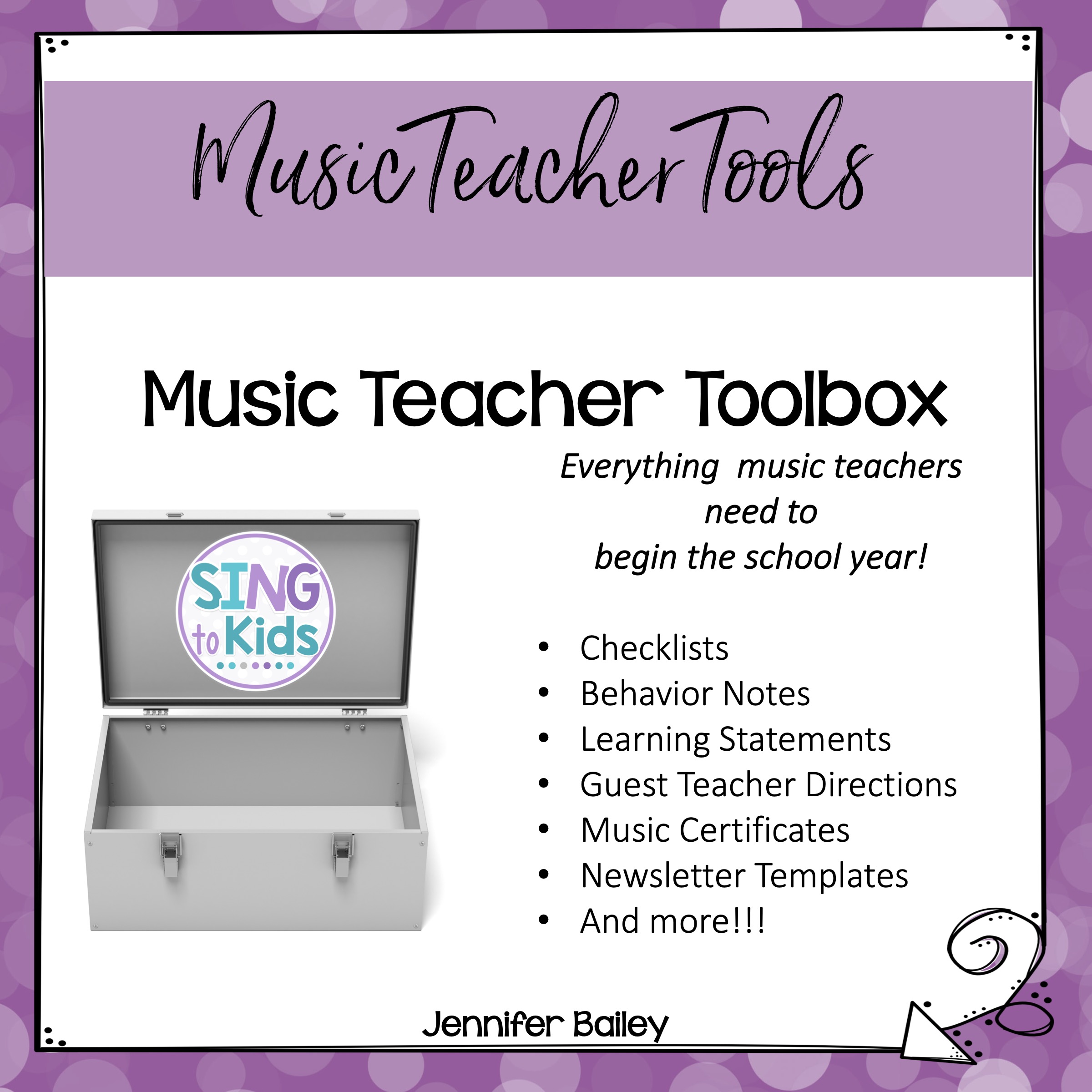

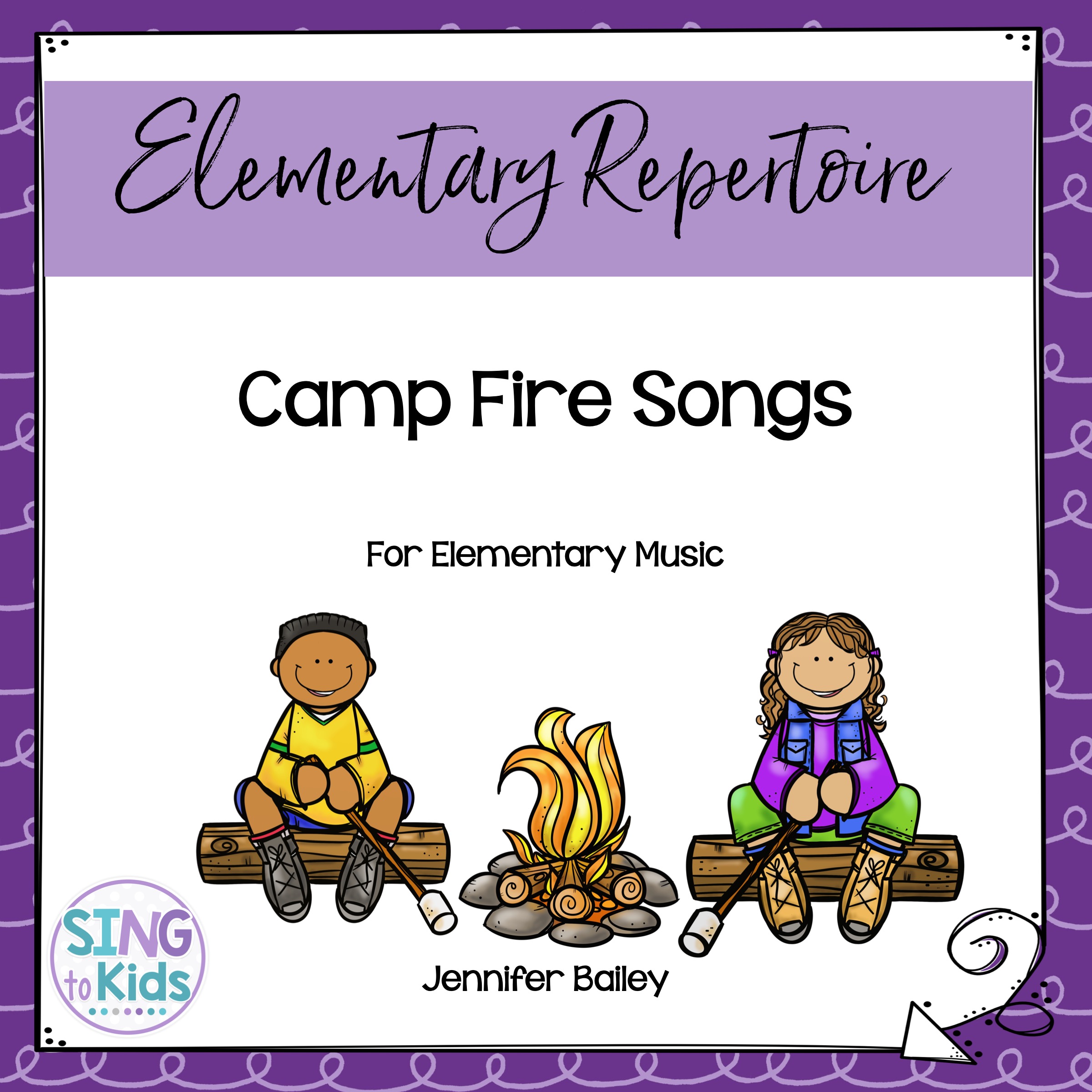
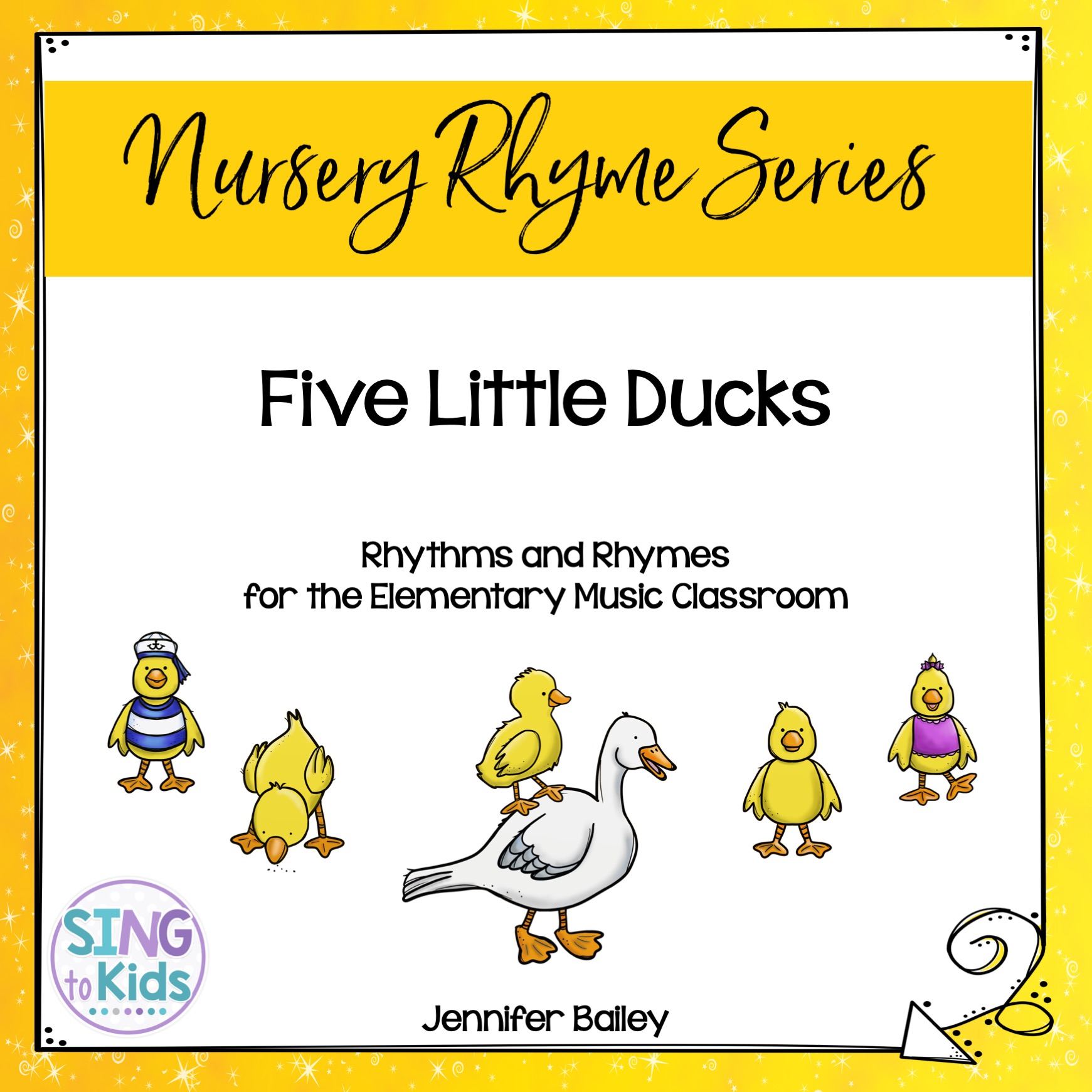

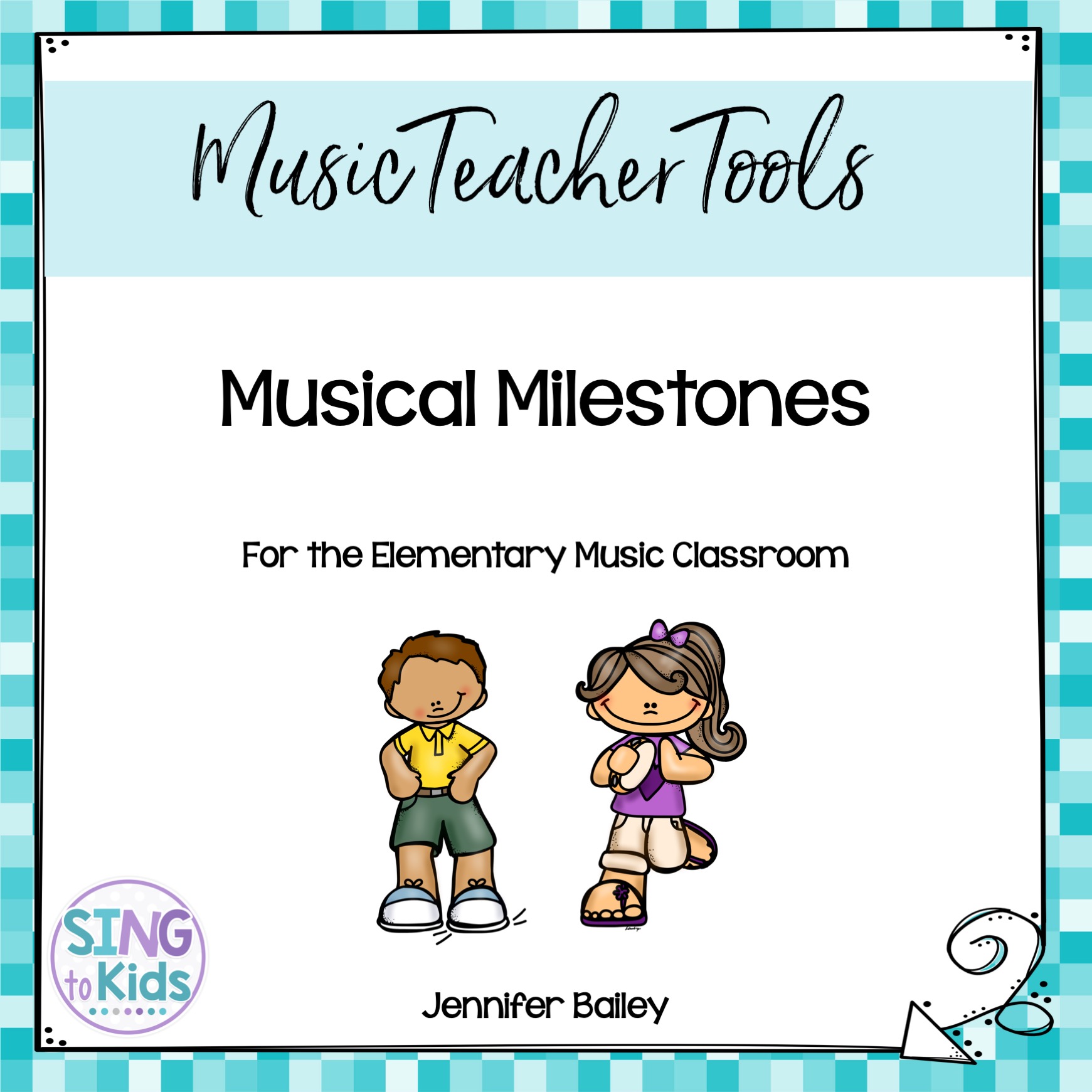
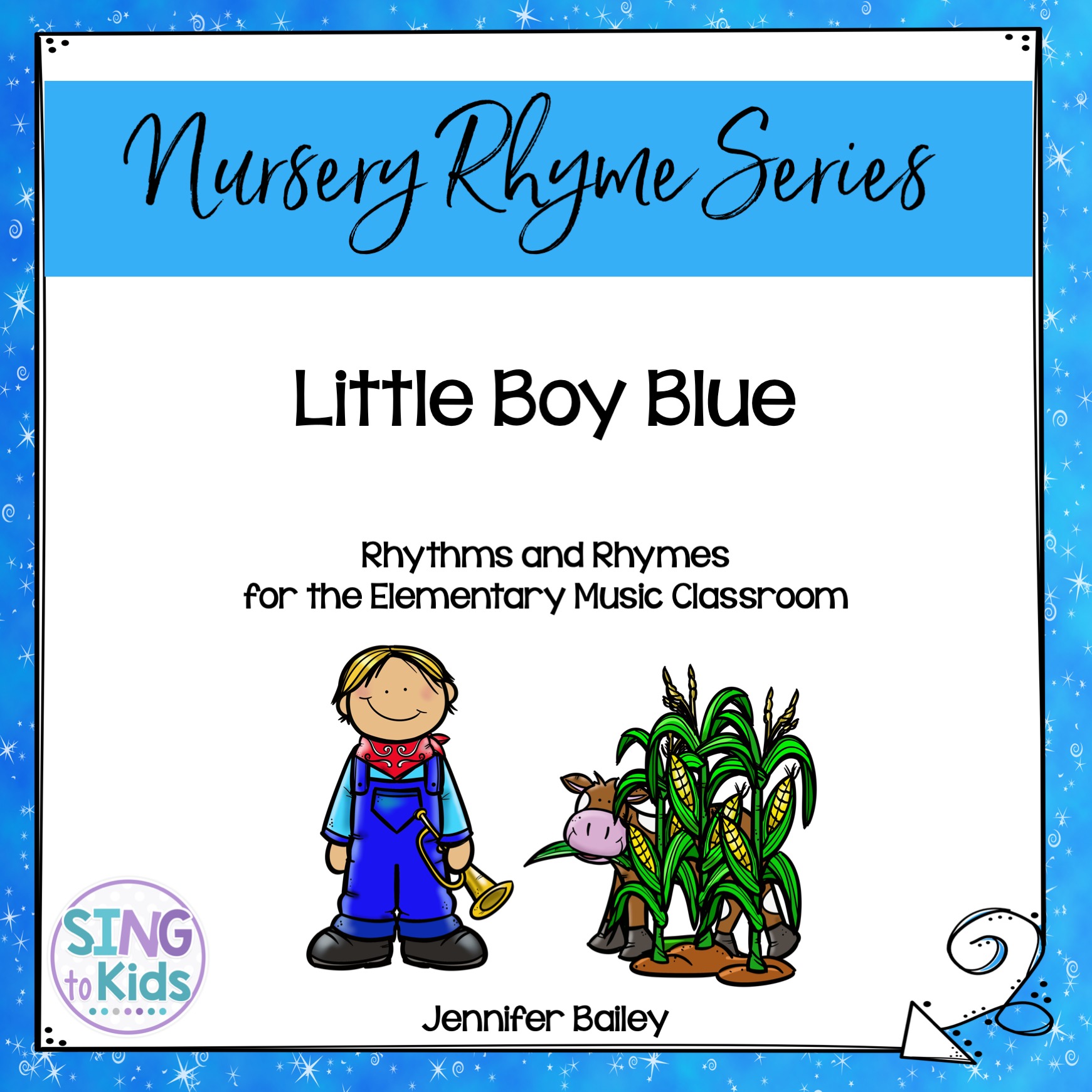
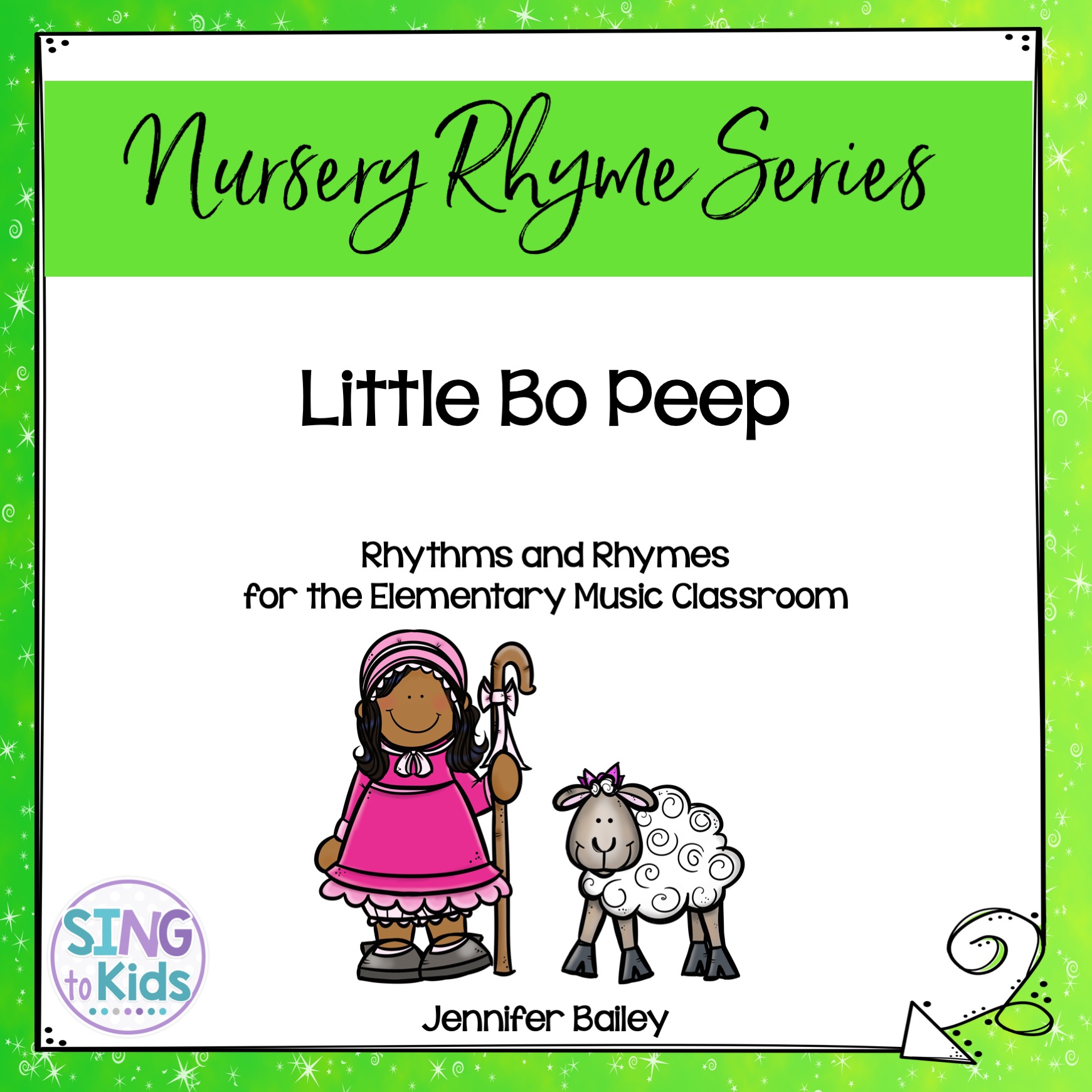
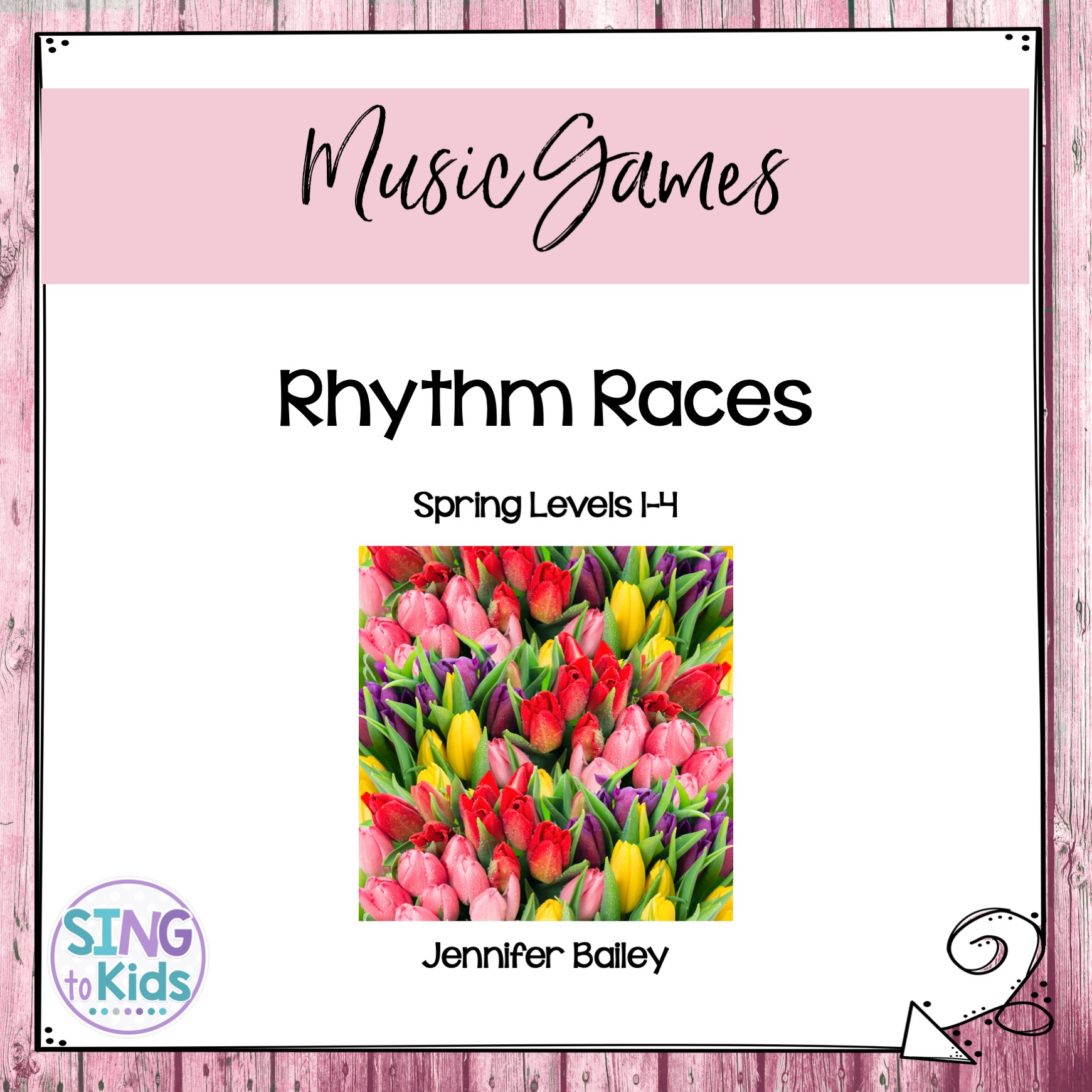
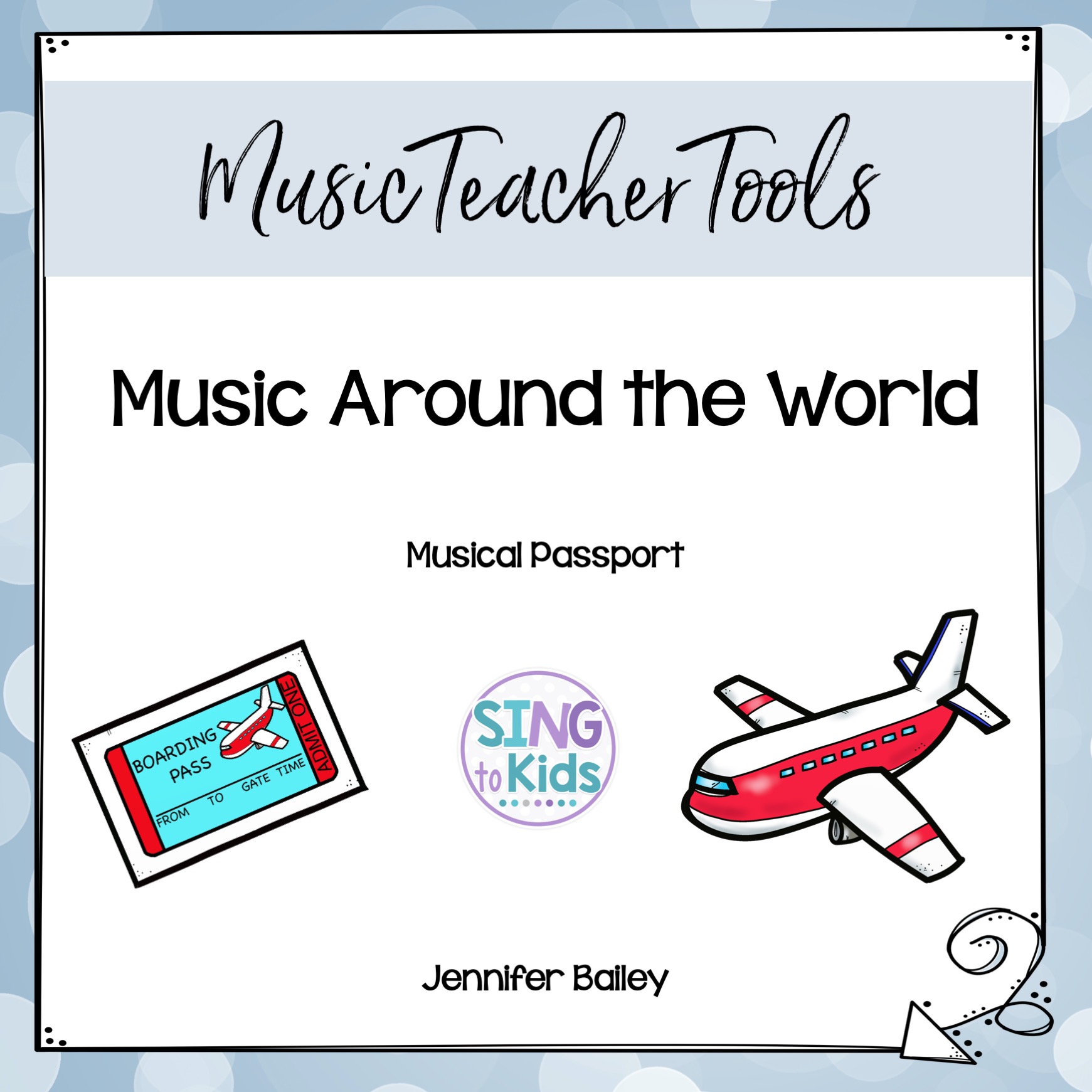
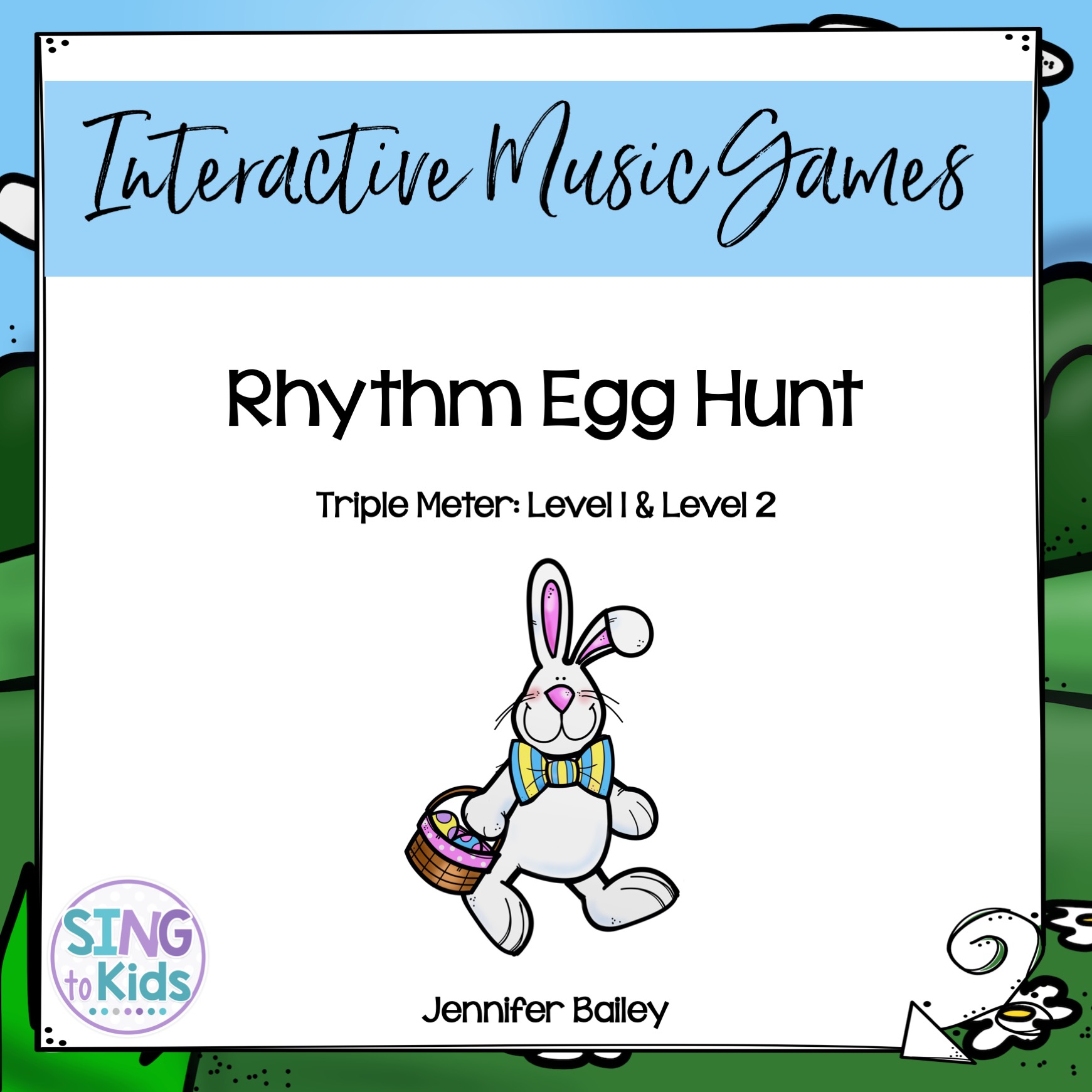
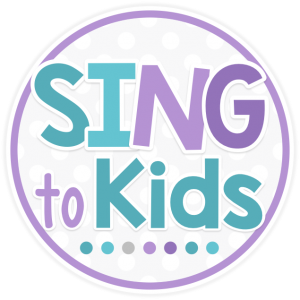

This is an excellent post! Thanks for sharing 🙂
Great post, Jennifer! So much of what you said resonated with me. I am wondering how you set up your "state" of focus area; how do you tell children they can't just go there to play with the animals? I know this would be a problem for some of my children who would want to play with the animals/koosh balls and not use them for comfort, but would begin to throw them in the air, talk to them, distracting others and thus delaying their return to class activities. How do you handle these situations?
Thank you, Jennifer. Your posts mean more than you can ever know. I love everything you said. I’m going back to teaching music after 20 years (raising my girls and doing some other jobs!) so I am eager to get my feet wet again and learn as much as I can again! Lisa
Hi Jennifer! I actually wondered the same thing as Aimee. I have some kids that would just go there to play…